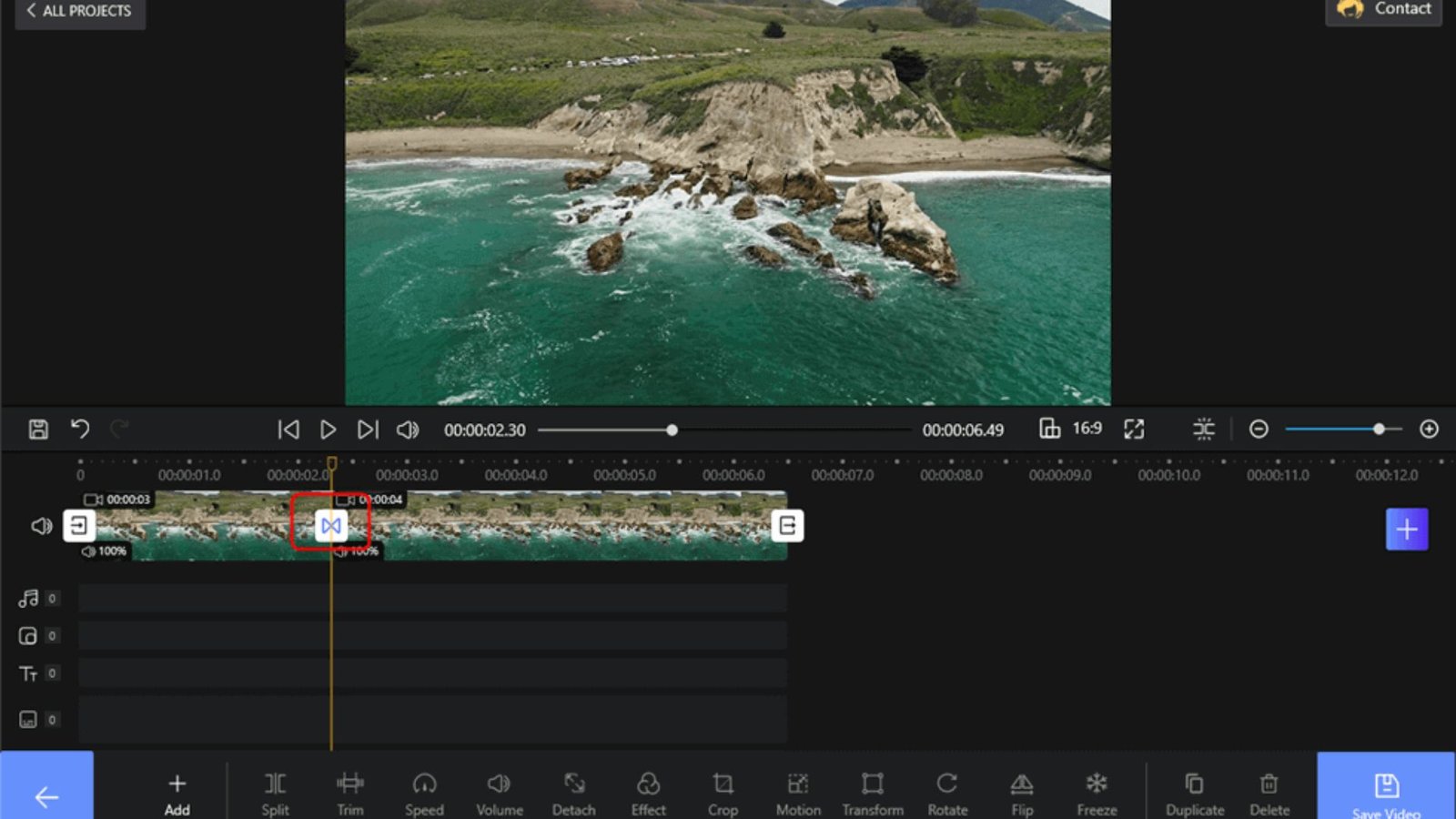If you want your videos to look smooth and professional, adding transitions in videos is essential. Transitions are the bridges between scenes that guide your audience seamlessly from one moment to the next. With the right approach, they can enhance your video’s flow and make it visually appealing. Let’s walk you through the best tips for effectively adding transitions to your videos.
Choose the Right Type of Transition
Not all transitions fit every video. The first step in adding transitions in videos is understanding your content and selecting a style that complements it. For example, a simple fade is perfect for emotional or dramatic moments, while a quick cut suits high-energy scenes. Consider your video’s tone and purpose to pick transitions that enhance its message.

Keep It Simple
When it comes to transitions, less is often more. Overloading your video with flashy effects can distract viewers and make your content seem unprofessional. Stick to a few clean, subtle transitions that enhance the story. This approach ensures that adding transitions in videos adds value rather than overshadowing your content.
Use Transitions to Set the Mood
Transitions can do more than connect scenes; they can set the mood of your video. For example, a dissolve can create a dreamy feel, while a zoom-in transition adds energy. When adding transitions in videos, think about how they align with the emotions you want to convey.
Match Transitions with the Tempo
The speed of your video should guide how you use transitions. In fast-paced videos, quick transitions like wipes or jump cuts keep the momentum going. For slower scenes, longer transitions like fades or dissolves work better. Always consider the tempo of your video when adding transitions in videos to maintain a consistent flow.
Experiment with Timing
The duration of a transition can affect how viewers perceive your video. Short transitions create urgency, while longer ones feel more relaxed. Test different timings to see what works best. Adding transitions in videos with the right timing can elevate your storytelling and hold the audience’s attention.
Blend Transitions with Audio
Don’t forget the audio when working on transitions. Syncing sound effects or music with your visual transitions makes them more impactful. For instance, a swoosh sound during a slide transition adds energy, while a soft fade-out matches a visual dissolve. Adding transitions in videos that integrate with audio creates a more immersive experience.
Use Pre-Built Effects in Editing Software
Most video editing tools, like Adobe Premiere Pro, Final Cut Pro, or DaVinci Resolve, offer pre-designed transitions. These effects save time and are beginner-friendly. When adding transitions in videos, explore these built-in options and customize them to fit your project’s needs.
Stay Consistent Throughout the Video
Consistency is key when adding transitions in videos. Using too many styles can confuse your audience and disrupt the flow. Stick to a few transition types and apply them consistently throughout your video. This creates a cohesive look and keeps viewers focused on your message.
Add Transitions to Fix Visual Cuts
Sometimes, transitions can solve technical issues like rough cuts or mismatched scenes. If two clips don’t blend well, adding a transition can smooth the jump and make your video look polished. Pay attention to such moments during editing and use transitions to improve the flow.
Review and Adjust
Before finalizing your video, watch it several times to check how the transitions work. Are they too fast, too slow, or unnecessary? Editing is a process, and tweaking your transitions ensures they enhance rather than hinder your video. Adding transitions in videos is about refining your work to achieve the best possible outcome.
Conclusion
Mastering the art of adding transitions in videos takes practice, but it’s worth the effort. By choosing the right transitions, keeping them simple, and aligning them with your video’s mood and tempo, you can create visually stunning content. Remember to experiment, stay consistent, and always review your work. These tips will help your videos stand out and keep your audience engaged.











